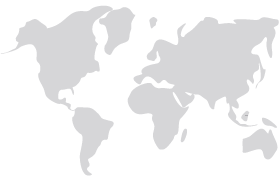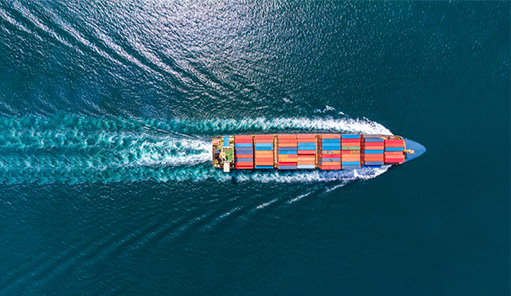Europe
Uncertainty created by the recent tariff announcements has impacted major European ports, with Rotterdam, Antwerp, and Hamburg all experiencing their worst congestion since the Covid pandemic.
Container vessels are facing multi-day delays, creating disruption to timetables and a ripple effect on the overall supply chain. Alongside the impact of demurrage and detention charges, some carriers have introduced congestion surcharges to offset the delays, and the industry has seen increased trucking demand spiking rates and availability.
Trade Lanes Impacted by the Congestion:
- Asia to Northern Europe – carriers are increasingly diverting cargo to the West Mediterranean, such as Valencia, Algeciras, and Tanger Med, adding complexity to routing and capacity. Reduced schedule reliability means bookings must be made well in advance.
- Northern Europe to Arabian Gulf – transit times from Northern Europe to the Arabian Gulf have dramatically increased from 40-45 days to 55-70 – occasionally even 90 – days due to port bottlenecks.
- US to Europe – Some Trans-Atlantic services have suspended calls to Rotterdam for up to eight weeks. For Europe to US, freight rates have decreased slightly (circa 5%) since the start of the year.
Current Alternatives:
Always check with your AGS destination branch, but in general we have seen a shift to Gdansk in Poland for moves to Eastern Europe and the Baltics, with Trieste in Italy being used for traffic into Central Europe.
Asia
Shipping schedule reliability across Asian trade routes has improved but remains below an acceptable level. For example, reliability for the Asia to North Europe lane has increased increase by 3.2 percentage points each month, but remains just over 60%. The AGS Asia network is also seeing fewer direct services and an increasing reliance on feeder ports.
Freight rates in Northern Asia are fluctuating significantly. For example, in Korea rates have surged by approximately 30% in recent weeks, while Taiwan’s spot rates have nearly doubled with some carriers. In contrast, freight rates from Southeast Asia have remained relatively stable. Overall, shipping lines have implemented GRIs ranging from USD 300 to USD 500 per TEU for cargo originating from Asia.
The AGS Asia network also reports congestion at ports such as Shanghai, Ningbo, and Singapore, equipment shortages in ports like Ho Chi Minh City, Haiphong, and Kaohsiung, and an increasing number of blank sailings (canceled voyages) to manage capacity and stabilise rates.
Caribbean
In general, the global shipping situation remains calm, with the exception of Haiti, where the geopolitical situation is precarious.
The ports of Port-au-Prince, Caribbean Port Service (La Saline), and Lafito are operational, although AGS Haiti prefer Caribbean Port service for security reasons. Airfreight is also available, but because chartered aircraft (DC10) is smaller, AGS is now using crates of 1.70m.

















